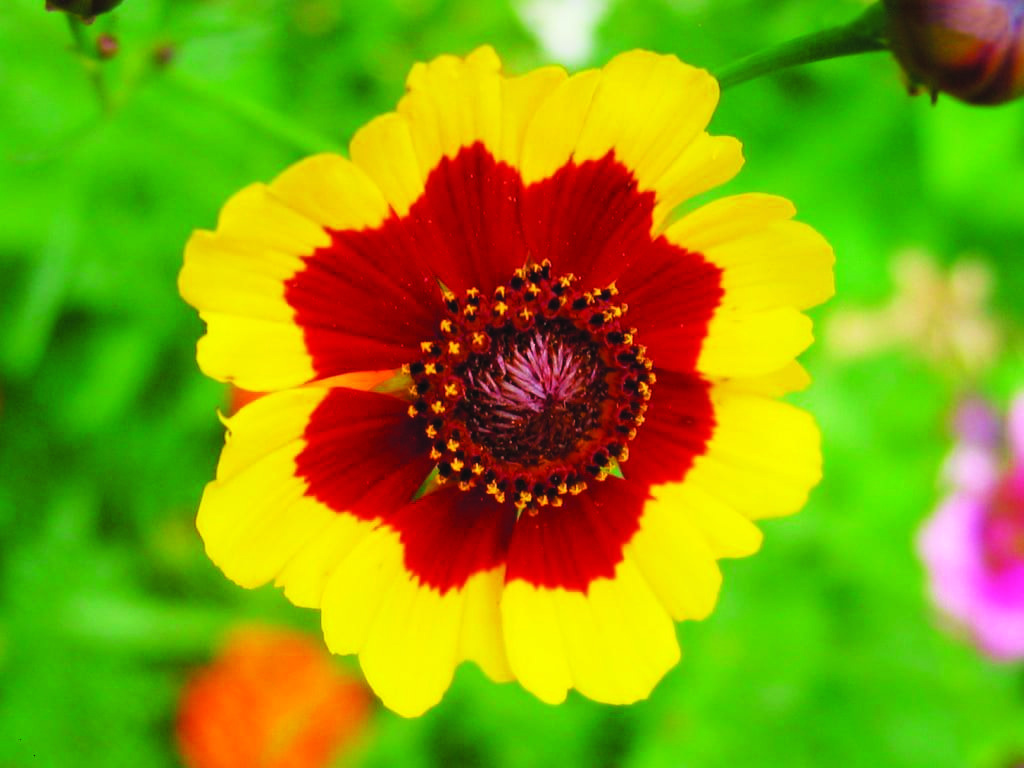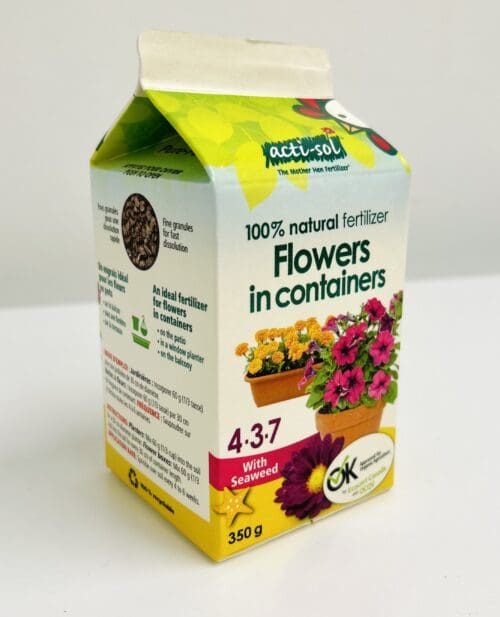| Maturity (weeks) | 6-8 |
|---|---|
| Germination (days) | 5-10 |
| Seedling temperature (°C) | 24 |
| Height (cm) | 40-60 |
| Spreading (cm) | 30 |
| Colour | Yellow center maroon |
| Formulation | Raw |
Tickseed Dwarf Selection
Tickseed Dwarf Selection
7.09$
In stock
Tickseed Dwarf Selection has been added to cart
Buy 3 and get a 10% discount
Recommandations :
Sowing : It is suggested to sow 4-6 weeks indoors before planting outdoors or sow directly outdoors after the last ground frosts. (*)
(*) From 7 to 10 days after the date of the last ground frost.
Coreopsis tinctoria is a very ornamental annual plant with numerous bright yellow flowers with s red centre. Very pretty and easy to care for, this plant thrives in a well-drained soil and full sun and it is often used for mass planting or to provide colour in an empty area. Often self-seeding it attracts butterflies.
Cultivation mode
Plantation : Sowing : It is suggested to sow 4-6 weeks indoors before planting outdoors or sow directly outdoors after the last ground frosts. Keep the temperature around 24 °C. Germination time is between 5-10 days.
Soil : Indoor: A well-drained, porous sowing media is best to prevent overwatering. Outdoor: Dry soil.
Culturals practices : Step 1: plow the soil about 30 cm (12 inches). Add an equal part of potting soil and mix well. Dig a hole approximately the same length as the container and about 1 ½ to 3 times the width. Step 2: slightly squeeze the container, tap out the plant, and delicately free the roots. If the roots are too dense, liberate the fibers by inserting a knife or a transplanter. Separate the roots carefully, then place in the hole.* Good to know: Use an organic bone meal or a «soil activator» when transplanting to stimulate root development. Follow the instructions for use on the package. Fill up the hole with garden soil. Slightly press the soil around the base of the plant to favor the contact between the roots and the soil. Water regularly every 2 or 3 days until the soil is well compacted.Note: It should be planted in full sun in normal soil, but can grow in sandy soil. It is best to shelter it from the wind, as the stems tilt and are fragile. We often have to use tutors.


